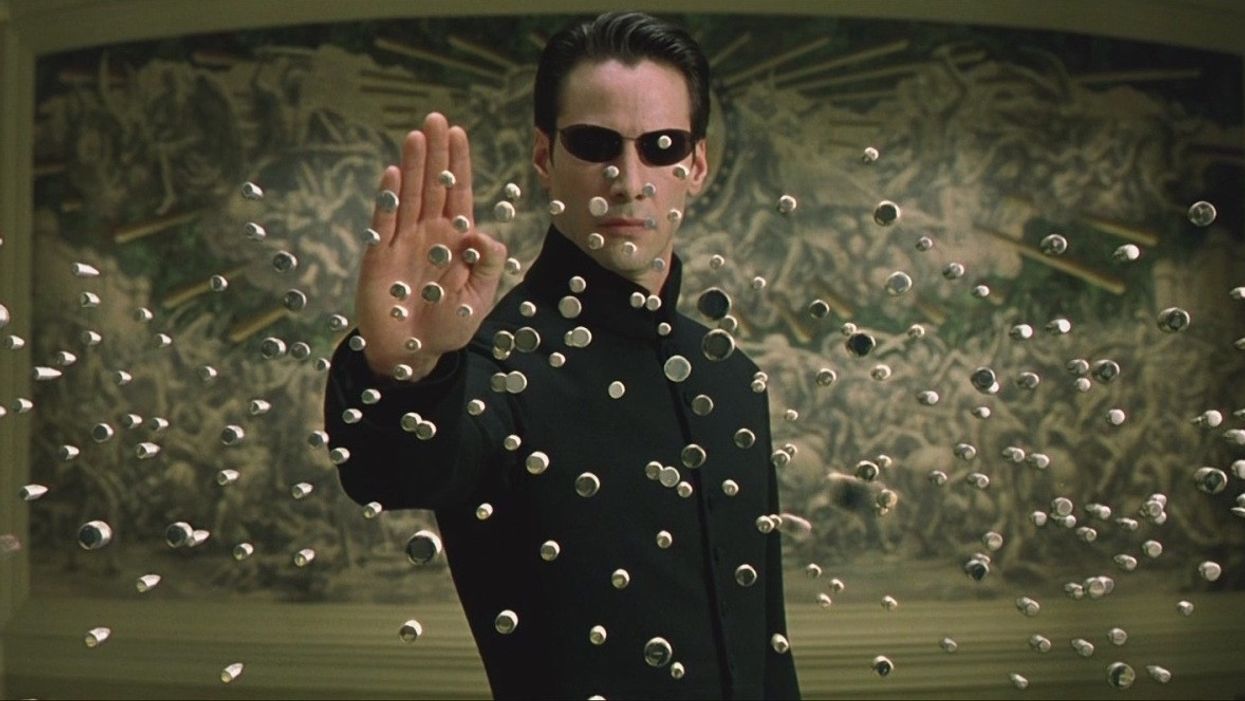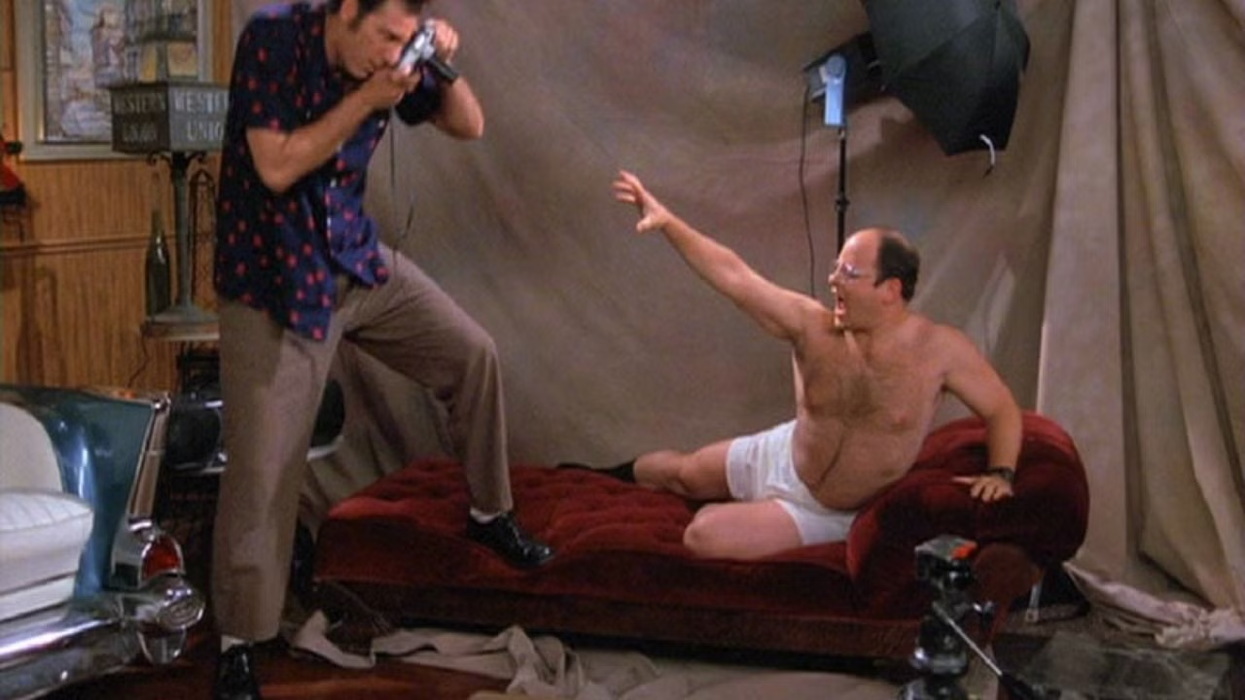Watch: How to Do That Slo-Mo 'Matrix' Bullet Time Effect on a Budget
A thorough how-to guide on how to build a camera rig that can produce the studio-style "bullet time" effect on a garage scientist budget.

The Matrix-style "bullet time" is an expensive slow-motion effect. Just renting the right rig—which consists of dozens of still cameras designed to either shoot simultaneously or in very quick succession—is expensive. Add to that slow, complicated setups and post clean-up to hide the rig, and it's nearly always outside the budget of independent projects.
While there have been some interesting attempts involving GoPros mounted to ceiling fans, and there is the indie-friendly Orca, they are all designed primarily for tiny cameras and don't offer a ton of control.
The YouTube channel Applied Science has now built a possible solution. The below video demonstrates, in detail, how they made a rig capable of executing some pretty stunning shots with the new Chronos slow-motion camera.
While the rig is a bit more complicated than simply tying your iPhone to a string, the level of control will be worth it for filmmakers with a very specific target shot in mind. Many filmmakers with DIY/DIT backgrounds should be able to assemble something similar, but even if you aren't handy yourself, you should be able to find someone at your local robotics club or maker space who could build it for you.
The Chronos is the perfect camera for this sort of rig because of its small form factor and self-contained design.
The key to making this rig work is properly counter-balancing the swinging arm so that there is an equal amount of weight on the arm holding the camera and the other side of the arm. This ensures an even, steady shot.
The Chronos is the perfect camera for this sort of rig because of its small form factor and self-contained design. While you can shoot slow motion with a GoPro, it doesn't get anywhere near to the capabilities of the Chronos, which can shoot 4,400 fps at 640x480. Cameras that can deliver that kind of performance, like the Phantom, tend to be both heavier and more expensive.

In addition to being self-contained (it requires no tether wire that could gum up the works), the Chronos is also designed to capture to internal storage on an external trigger and is compatible with cheap still photography wireless triggers. Applied Science used a $30 trigger to cue shots when the rig was moving; then, they reviewed and chose which shots to save after the rig came to a close.
While the most obvious applications are advertising and product shots, this DIY rig opens up a whole host of possibilities for the narrative filmmaker, too. Thanks to Applied Science, dramatically moving slow-motion shots are now well within the indie filmmaker's budget.











